'If you only grow one flower this year, make it love-lies-bleeding' – how to grow this striking plant with cascades of crimson blooms
Add bold color and dramatic texture to your garden with this show-stopping plant
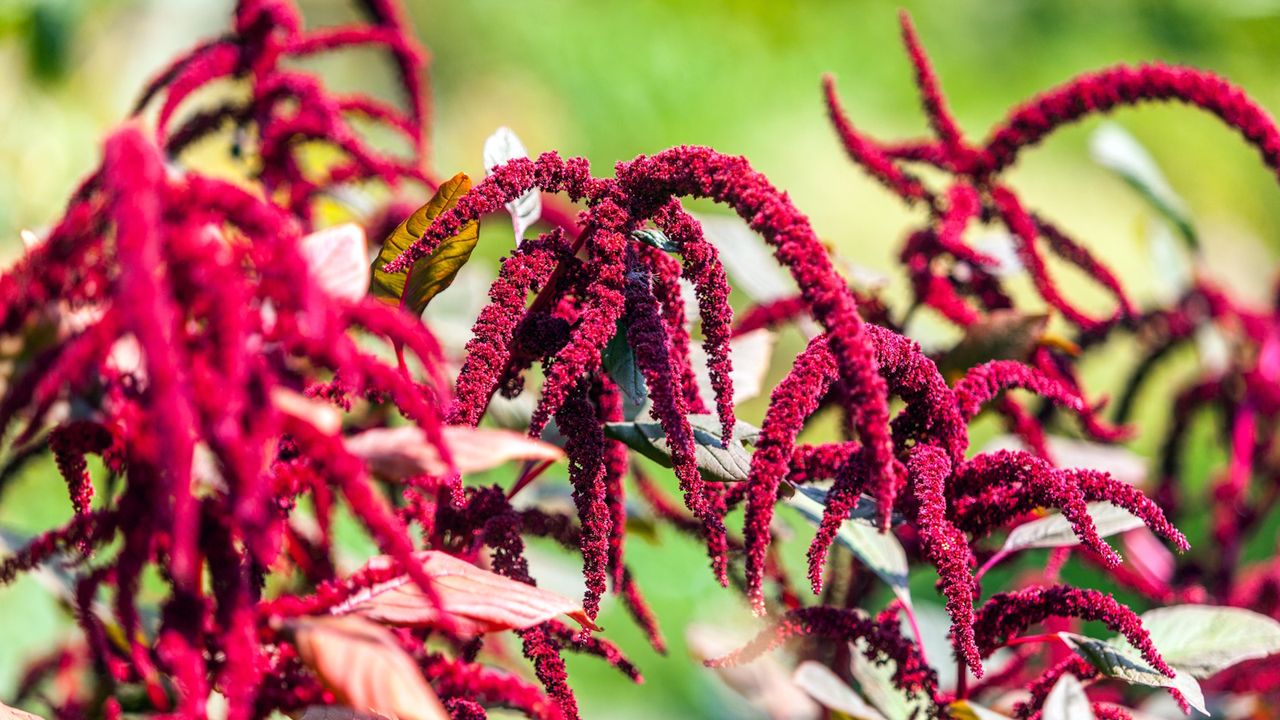

Love-lies-bleeding, or Amaranthus caudatus, is an impressive flowering plant that is well known for its cascading, unusual blooms. This annual is no shrinking violet and is sure to add a touch of drama and vibrancy to any space.
Native to South America, love-lies-bleeding thrives in sunny yards, tolerating high heat in the summer months. Whether you are a beginner gardener or a seasoned professional, learning how to grow love-lies-bleeding will ensure that your plot, whatever the shape or size, is full of color this year.
So, if you want to add height and texture to your borders, or perhaps you want to learn how to create a maximalist border full of impact, love-lies-bleeding comes highly recommended. Here, one plant expert from Wisconsin reveals everything you need to know about cultivating this unique plant.
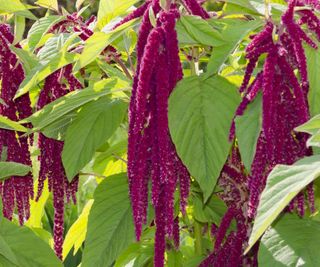
How to grow love-lies-bleeding
Love-lies-bleeding is part of the Amaranthus plant group, made up of more than 50 annual and perennial species. Considered some of the best annual flowers to grow, love-lies-bleeding goes by many names, including tassel flower, velvet flower and pendant amaranth, which all do a wonderful job of describing this unique and showstopping plant.
Growing habits of love-lies-bleeding
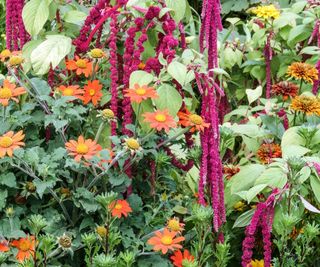
'If you only grow one flower this year, make it love-lies-bleeding,' says plant expert, Katie Sunderlage. 'Amaranthus caudatus is one of my favorites to grow, whether in the ground or used in a container, and the summertime blooms are a spectacle to behold.'
As with all flowering annuals, love-lies-bleeding will only last until the first frost in fall, so these plants are best thought of as temporary additions for spring and summer. For this reason, they can be grown from US hardiness zones 3 to 10, although in cooler zones the more sunshine you give them, the better.
'Love-lies-bleeding can grow up to four feet tall and about 2 feet wide,' Katie adds, 'so be sure to give your plants plenty of room. These fast-growing flowering annuals prefer full sun to part shade and moist but well-drained soil.
'Generally, love-lies-bleeding is grown from seed, which makes this an economical choice for gardeners seeking new flower bed ideas,' Katie says. 'To ensure enough time to grow and bloom, it is recommended to start the seeds indoors eight weeks before the last expected frost date, typically somewhere around February.
'Flowers should appear about 12 weeks after seeds are sown,' Katie advises. 'So, if sown at the proper time, this plant will bloom from June or July until the first frost, filling your yard with extremely unique, tassel-shaped blooms. What's more, love-lies-bleeding is also known to attract birds, bees and butterflies - what more could you want!'
Love-lies-bleeding seeds are available from Amazon.

Operations Manager at Holland Group, managing the customer service department and purchasing. Katie has been in the green industry since 2005 in the Greater Milwaukee area, earning her degree in Horticulture in 2008. She has been able to share her love for plants working in multiple garden centers, in sales positions and most recently in an online retail platform at Holland Group.
Care guide for love-lies-bleeding

Soil: Love-lies-bleeding grows best in moist but well-draining soil that is rich in organic matter. For best results, amend your soil by completing some mulching in the winter months before planting. While it prefers a slightly neutral to slightly acidic pH between 5.5 to 6.5, love-lies-bleeding is relatively adaptable and will grow in most locations.
Light: Full sun to partial shade is best for love-lies-bleeding. This flowering annual is a sun-loving plant, and the more sun it enjoys, the more blooms will be produced. Avoid positioning in shady borders.
Watering: While this plant is relatively drought-tolerant, love-lies-bleeding benefits from consistent watering during spring and summer. Deep watering once or twice a week, especially during sunny, dry months will help to keep the soil moist.
Fertilizing: Fertilizer is generally not needed for this annual and it can be grown even in poor soils. Mulching the flower bed in the winter months will help to create an ideal, nutritious environment.
Pruning: Deadhead faded flowers during the summer to encourage more flowers later in the season. If tall stems become floppy or snap, you can simply snip them down to a healthy joint. Leave the plant in the border for fall and winter interest, removing it entirely in the New Year.
Toxicity: Amaranthus caudatus is non-toxic to humans and pets, making it a safe choice for family gardens. Many parts of the plant, including its leaves and seeds, are edible.
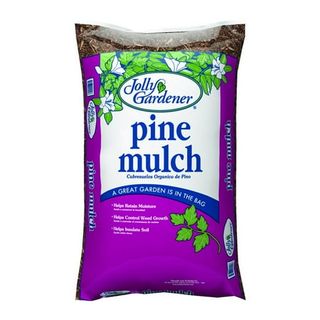
This pine mulch can help to improve soil structure, retain moisture and suppress weeds in your flower beds this year.
FAQs
Can I grow love-lies-bleeding in pots?
Yes, you can grow this annual plant in pots, so long as you provide a large container with good drainage. Fill your container with a fertile, well-draining potting mix and position in a sunny location. Regular watering is essential during summer, and monthly feeding with a liquid fertilizer will ensure lush growth during June, July and August.
There are many wonderful varieties of love-lies-bleeding to grow, including 'Coral Fountain', which has beautiful blush pink blooms, or 'Dreadlocks', which has deep magenta tassels. Love-lies-bleeding seeds are available from Burpee.
For more flower garden inspiration, see our guide on how to grow cockscomb, for another unique plant to add to your yard this year.
Sign up to the Homes & Gardens newsletter
Design expertise in your inbox – from inspiring decorating ideas and beautiful celebrity homes to practical gardening advice and shopping round-ups.

Thomas is a Content Editor within the Gardens Team at Homes and Gardens. He has worked as a professional gardener for both public spaces and private estates, specializing in productive gardening, growing food and flowers. Trained in Horticulture at the Garden Museum, he has written on gardening and garden history for various publications, including The English Garden, Gardens Illustrated, Hortus, The London Gardener and Bloom. He has co-authored a Lonely Planet travel book, The Tree Atlas, due out in 2024.
You must confirm your public display name before commenting
Please logout and then login again, you will then be prompted to enter your display name.
-
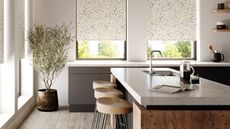 7 kitchen cleaning mistakes you're making – and what professional cleaners urge you to do instead
7 kitchen cleaning mistakes you're making – and what professional cleaners urge you to do insteadWant to know how to deep clean a kitchen with ease? These tips are all you need
By Andy van Terheyden Published
-
 Where do interior designers find creative inspiration? We asked 9 designers to share, and their answers reflect how today's trends are formed
Where do interior designers find creative inspiration? We asked 9 designers to share, and their answers reflect how today's trends are formedAsking the interior designers who set the trends where they get their inspiration helps understand why decor today looks how it does
By Pip Rich Published
-
 When do hummingbirds return from migration? Wildlife experts reveal when to expect them and how you can help
When do hummingbirds return from migration? Wildlife experts reveal when to expect them and how you can helpAs hummingbirds return to North America, gardeners can play a part in caring for these weary travellers
By Thomas Rutter Published
-
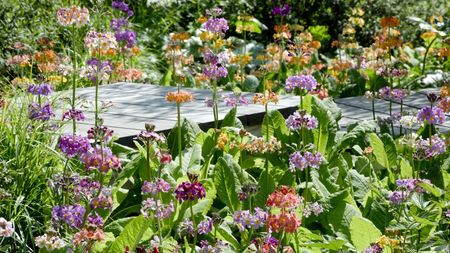 Best flowering ground cover plants – 5 expert-approved species to fill your borders with vibrant color
Best flowering ground cover plants – 5 expert-approved species to fill your borders with vibrant colorThese flowering ground cover plants will not only look good but will also prove popular with bees and butterflies
By Thomas Rutter Published
-
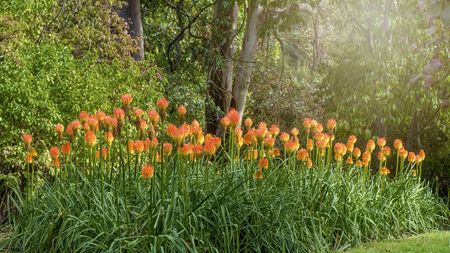 How to grow red hot poker – for low-maintenance and long-lasting flower spikes that pollinators adore
How to grow red hot poker – for low-maintenance and long-lasting flower spikes that pollinators adoreIf you enjoy colorful, vibrant borders, there can be no better perennial to grow than red hot pokers
By Thomas Rutter Published
-
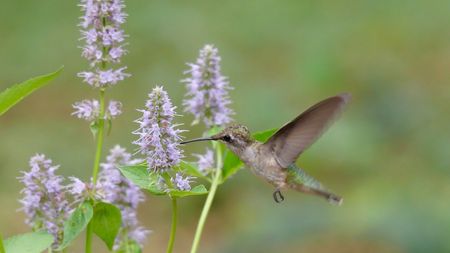 Best perennials to attract hummingbirds – 5 fantastic flowers to grow, as recommended by master gardeners
Best perennials to attract hummingbirds – 5 fantastic flowers to grow, as recommended by master gardenersThese colorful and fragrant perennials will prove popular with hummingbirds and other pollinators
By Thomas Rutter Published
-
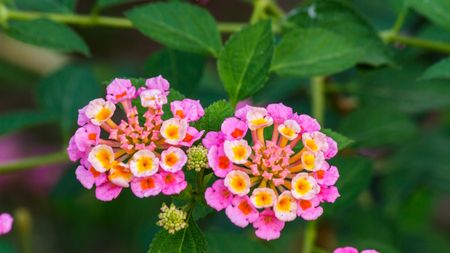 How to grow lantana in pots – and transform even tiny gardens with masses of kaleidoscopic flowers this year
How to grow lantana in pots – and transform even tiny gardens with masses of kaleidoscopic flowers this yearFor colorful and wildlife-friendly blooms, there can be no better plant than lantana
By Thomas Rutter Published
-
 How to grow marsh marigolds – the ultimate low-maintenance, moisture-loving plant that spring pollinators adore
How to grow marsh marigolds – the ultimate low-maintenance, moisture-loving plant that spring pollinators adoreMarsh marigolds can thrive in problem areas, including moist woodlands and boggy soils
By Thomas Rutter Published
-
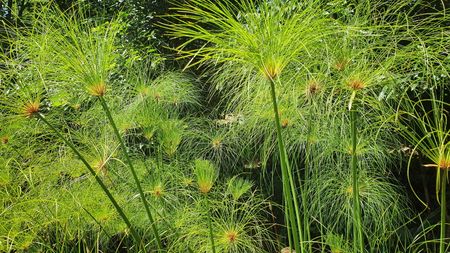 How to grow papyrus outdoors – and enjoy a firework-like display of foliage from these easy-to-grow, moisture-loving plants
How to grow papyrus outdoors – and enjoy a firework-like display of foliage from these easy-to-grow, moisture-loving plantsThese water plants have been grown for thousands of years and are great for backyards
By Drew Swainston Published
-
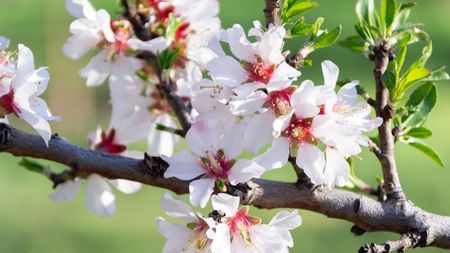 Best trees for spring blossom – 5 beautiful options for a spectacular seasonal show in any sized yard
Best trees for spring blossom – 5 beautiful options for a spectacular seasonal show in any sized yardPlanting one of these best trees for spring blossom will fill your yard with color
By Thomas Rutter Published